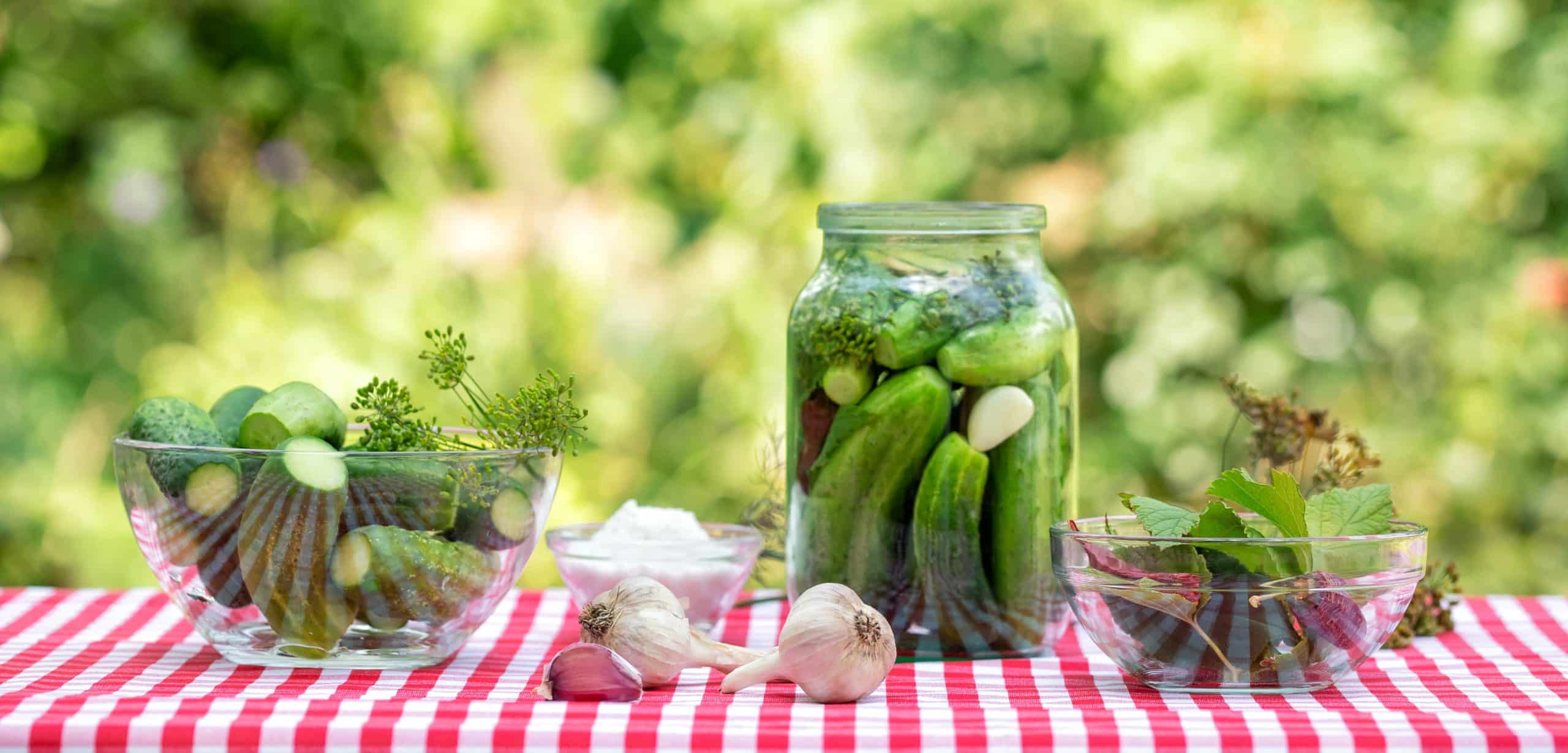Every family has a history that is often reflected through items passed down from one generation to the next. These heirlooms, whether they are photographs, jewelry, or paper documents, tell a story of who we are and where we come from. They represent a connection to our past and are invaluable treasures that need careful preservation.
It’s important to note, however, that not all heirlooms are created equal. Some can withstand the test of time better than others. As such, the manner in which we store and display these items can significantly impact their longevity. This article will take you through the best methods to keep your family heirlooms safe and in excellent condition in your home museum.
A voir aussi : How to Design a Multi-Sensory Playroom for Children with Special Needs?
Identifying Heirlooms and Their Storage Needs
Before you begin the process of preserving your family heirlooms, you first need to identify what you have and understand their specific storage requirements.
Heirlooms can be a wide variety of items, each with its unique preservation needs. Photographs and paper documents, for example, are more delicate and susceptible to damage than most other items. They demand a cool, dry environment, free from direct sunlight and fluctuating temperatures. On the other hand, items such as jewelry or furniture might require special cleaning and conservation methods.
Dans le meme genre : What’s the Best Method for Storing Winter Gear in a Small Hall Closet?
Understand the material composition of your heirlooms. This knowledge will help you determine the best storage and display methods. For example, metals require a different storage environment compared to textiles.
Choosing the Right Storage Materials
Next, it’s time to select the right storage materials. Archival-quality materials are the gold standard when it comes to preserving heirlooms.
For paper-based heirlooms like photographs, letters, and certificates, consider archival storage boxes. These boxes are acid-free, ensuring that your items will not deteriorate over time. They come in various sizes and styles, so you can choose one that best fits your needs.
For heirlooms like clothing, textiles, or other fabric-based items, acid-free tissue paper can be used. The paper helps absorb any residual moisture and prevent the growth of mold or mildew.
The key is to choose materials that will not introduce harmful chemicals to your heirlooms, further causing degradation.
Creating a Suitable Environment for Storage
The environment in which you store your heirlooms is just as critical as the storage materials you use. For instance, high humidity levels can lead to mold growth, while fluctuating temperatures can cause your heirlooms to expand and contract, leading to eventual damage.
Keep your heirlooms in a part of your home that has stable environmental conditions. Basements and attics are usually not ideal due to their propensity for dampness and temperature fluctuations.
The best spaces are ones that are cool, dry, and dark. Aim for a temperature of about 68 degrees Fahrenheit and relative humidity of about 50%.
Displaying Heirlooms Safely in Your Home Museum
Displaying your family’s treasured heirlooms in your home museum is a great way to share your history with others. However, it’s essential to do this in a way that doesn’t compromise the integrity of the items.
Consider using display cases or frames that offer UV protection to guard against the damaging effects of sunlight. Also, ensure that the items are not touching any harmful materials. For example, if you’re framing a photograph, use acid-free matting to prevent the photo from coming into contact with the glass.
Rotate the items on display from time to time. Constant exposure to light and environmental factors can accelerate the degradation process.
Regular Maintenance and Inspection
Lastly, regular maintenance and inspection of your heirlooms will help you catch any potential issues before they become significant problems. This includes checking for signs of pest infestation, mold growth, or any changes in the condition of the items.
Cleaning your items is also crucial. However, how you do this will depend on the type of item. For instance, for paper-based heirlooms, gentle dusting with a soft brush could suffice. For other items, you might need to consult with a professional conservator.
In conclusion, preserving family heirlooms is less about the materials and methods you use and more about the care and attention you give to these treasured pieces of your past. Whether it be photographs, paper documents, or other items, ensuring their longevity means you can continue to share your family’s history for generations to come.
The Role of Digitization in Preserving Family Heirlooms
The digitization of family heirlooms is a supplementary approach that safeguards family treasures for future generations. It not only serves as a backup, but it also allows for easy sharing of these items with other family members.
Photos, letters, certificates, and other paper-based documents can be scanned using a flatbed scanner. Ensure the scanner is clean and free of dust to avoid damaging your items. Always handle these documents with clean, dry hands. Once scanned, store these digital versions in multiple locations, such as on your computer, an external hard drive, and a cloud-based storage service.
For three-dimensional objects like furniture or jewelry, consider taking high-resolution photographs. You might also want to write a detailed description of each item, including its history, condition, and any interesting stories associated with it.
Consider using software or apps specifically designed for family archives. These tools can help you organize, annotate, and share your digital archives.
However, digitization does not replace the need for proper physical storage and care. It complements the efforts you’ve made to ensure your heirlooms’ long-term preservation.
Consultation with Conservation Professionals
Sometimes, preserving family heirlooms might require expert advice, especially for items that are particularly old, fragile, or valuable. Professional conservators, such as those referenced by Denise Levenick, the Family Curator, have the knowledge and skills necessary to properly assess and treat heirlooms.
Conservators can provide guidance on the best methods for cleaning and storing specific items. They can also help with repairs and restoration, if necessary. It’s important to remember, however, to always consult a professional before attempting any restoration work yourself, as improper methods can cause irreversible damage.
Reputable conservators can also advise on the use of appropriate archival storage materials, such as acid-free folders and boxes, to ensure long-term preservation. In addition, they can provide guidance on addressing specific challenges, like protecting your heirlooms from direct sunlight or creating ideal storage conditions.
Getting help from a professional conservator might seem like an extra step, but it’s a worthy investment for the preservation of your family treasures.
Conclusion: Your Role in Preserving Family History
Preserving your family heirlooms is a meaningful and rewarding process. It not only protects your family history but also allows it to be shared and appreciated by future generations.
Remember to understand the specific needs of each item, select the right archival storage materials, and create a suitable storage environment. Don’t forget to display your items carefully in your home museum and carry out regular maintenance and inspection. Consider digitization as an additional safeguard and don’t hesitate to seek professional help if needed.
Ultimately, the task of preserving family heirlooms lies in your hands. It is a testament to the love and respect for your family’s history and legacy. As dear Donia, a renowned conservation expert, once said, "The best preservation strategy is one that is manageable and sustainable for you." So whether it’s photographs, letters, or a piece of jewelry, treat each item with care and cherish the stories they tell.











